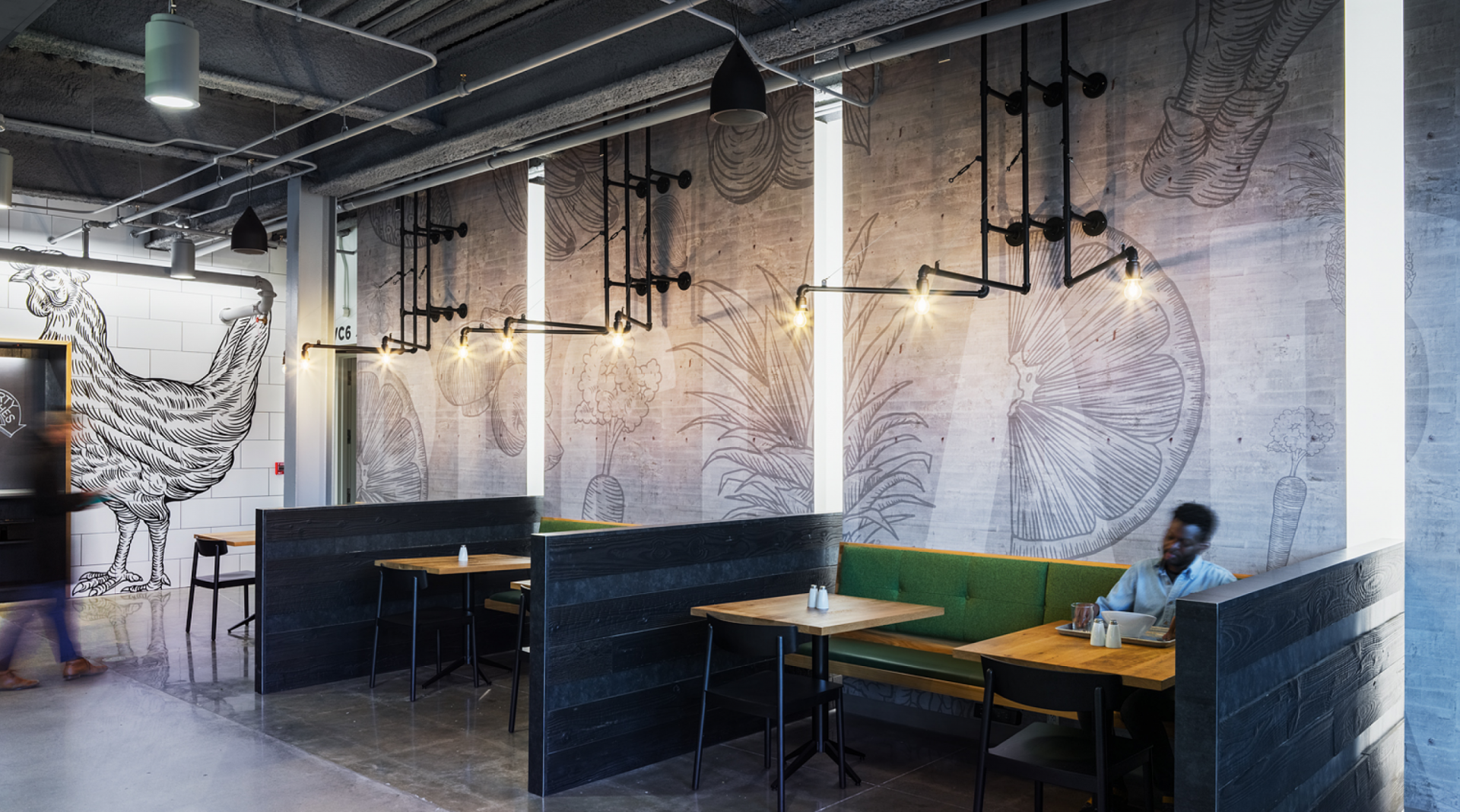

The Experiential Workplace: Introduction To Making Your Office A Great Destination
In today’s fiercely competitive world, companies can no longer use just their brand recognition or attractive compensation packages to win the war for talent. People now want jobs that fit their lifestyle, giving them opportunities to connect, socialize and grow. Quiet and non-communicative offices with personal cubicles and private offices don’t fit the modern work culture. Today’s employees expect a healthy, comfortable and experiential workplace design.
Today, we seek out engaging experiences in everything from our workout sessions to dining at a restaurant. Similarly, both existing and potential employees expect an effective and fulfilled experience in their workplace. Thus, the employee workplace experience is an on going area of investment for companies looking to attract and retain talent.
To meet ever-rising employee expectations, many forward-thinking organizations have started transforming their workspace into an experiential organization that focuses on culture, technology, and physical workspace.
Achieving an Experiential Workplace Culture
Today’s workplace approach includes a balanced mix of on-site baristas remembering your name, social spaces like food halls and office cafes allowing open discourse and fraternization, to highly graphic interventions like custom environmental graphics and signage elements that give personality to the experience. The workplace environment has become the workplace experience.
Employees truly admire the availability and choices of food, drink, working formats and social space. Additionally, building a community at the workplace for internal and external events often drives organizational loyalty and reinforces a healthy business culture.
Positive workplace culture and experience is a solid recruitment tool, especially for companies facing a need for talent across all sectors. Many of the world’s top organizations are implementing architectural experience design at their offices to enhance workplace satisfaction through improved usability, accessibility, and pleasure. Keeping your employees happy and satisfied often boosts their productivity and the branded workplace plays a crucial role in achieving it.

Open Floor Plan – The Latest Enterprise Interior Design Trend
The open floor plan helps companies achieve effective collaboration and increased workspace density. Most organizations require collaboration to promote their performance and growth. Open floor plans in workplace design allow employees to organically communicate with each other without setting formal meetings or conferences.
This open format allows for longer vistas with ample sunlight and also allows interior designers to create specific “social” and “active” zones where most of the branded components play a role in giving materiality, color and messaging to walls, floors, furniture and other surfaces. Introducing neon lighting, custom illustrations on walls, stencil patterns on floors or even marquee signs in order to transport employees into another micro experience within the floor plate has become a great approach to enhancing the interiors.
An experiential workplace that taps all five senses contributes to a positive experience. Also, pay attention to intangible qualities such as how does one feel about your workspace; does it communicate the company’s story through branded elements, graphics and signage, and do people feel connected with your space through spaces where they can come together?
With the right experimental workplace design that incorporates user-centered technology, spaces and branded elements, companies can achieve a better workplace experience to retain and attract the next generation thinkers, doers and disruptors.

